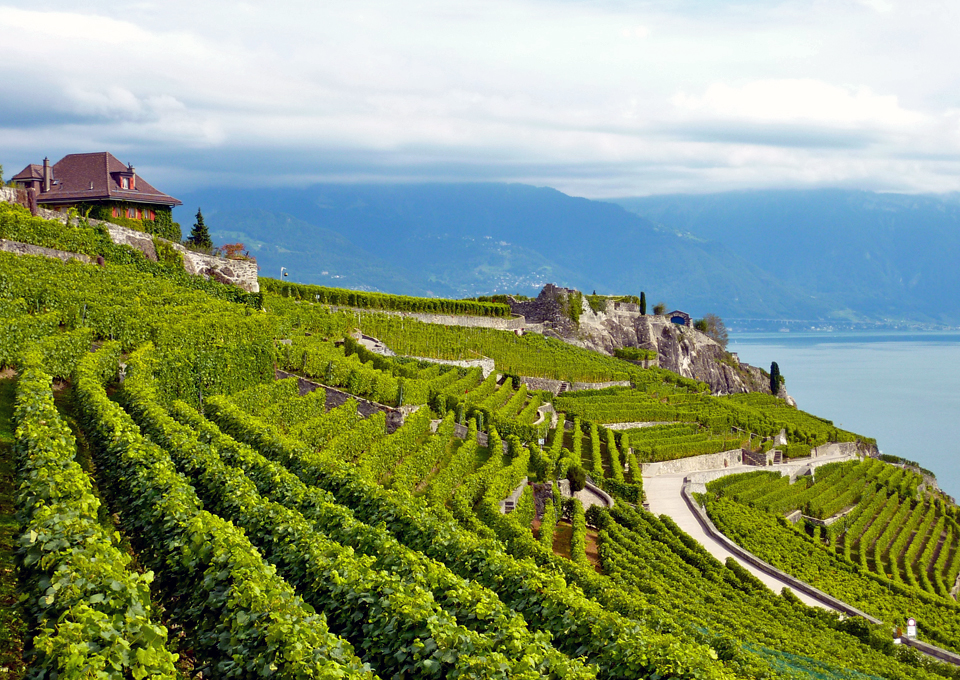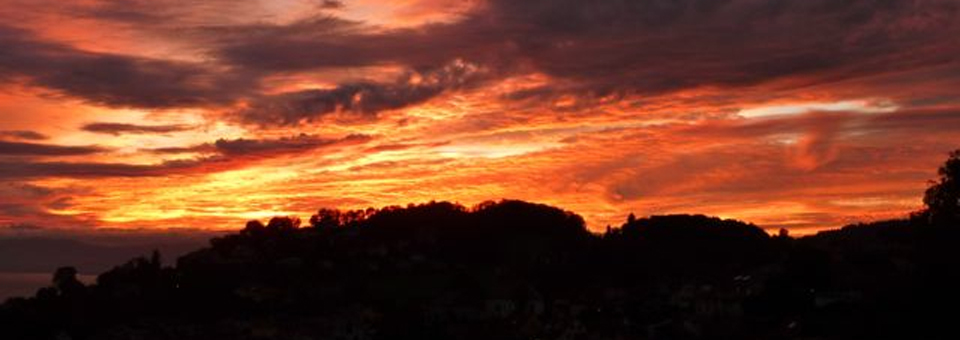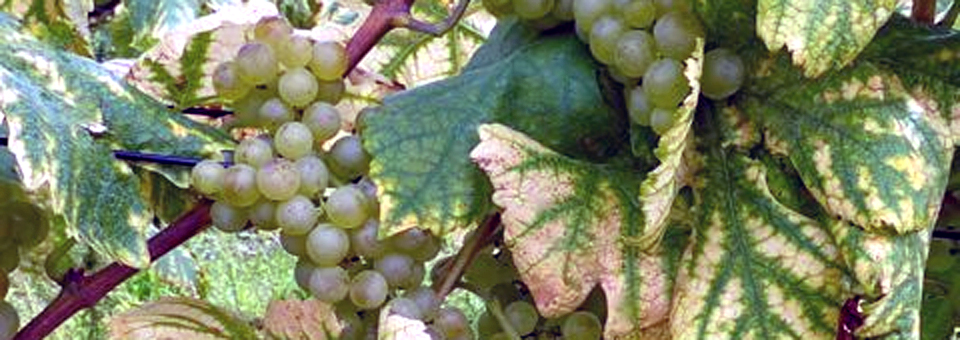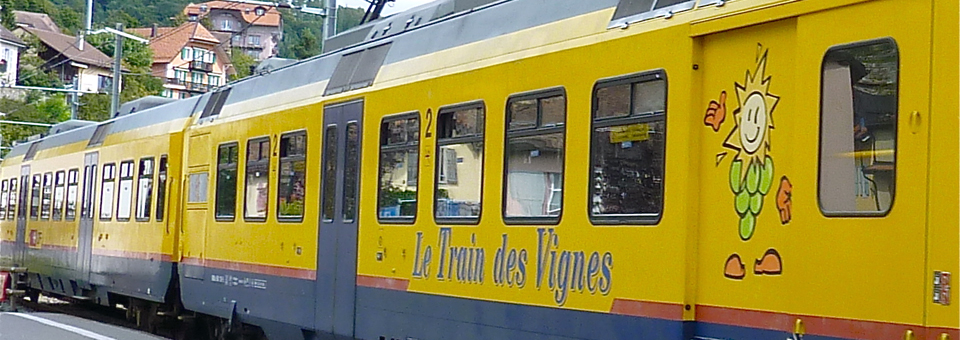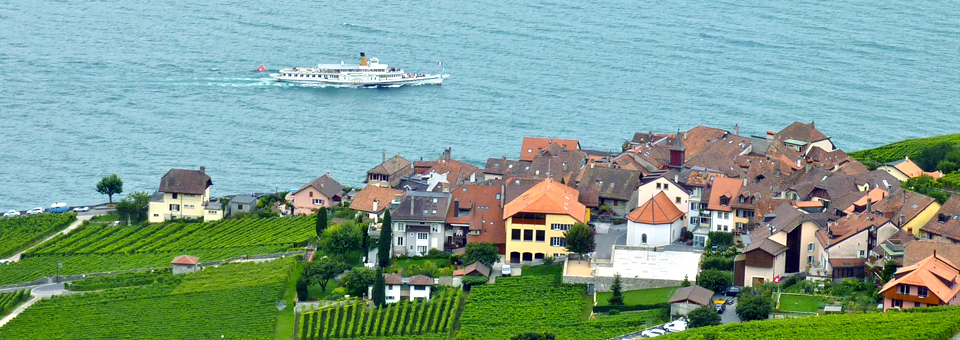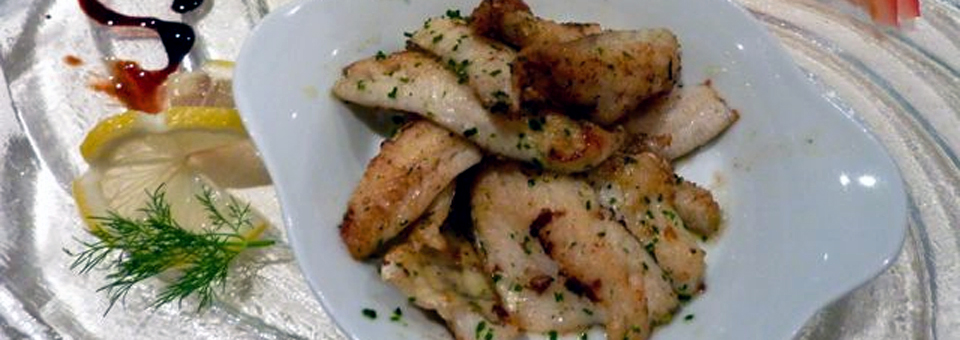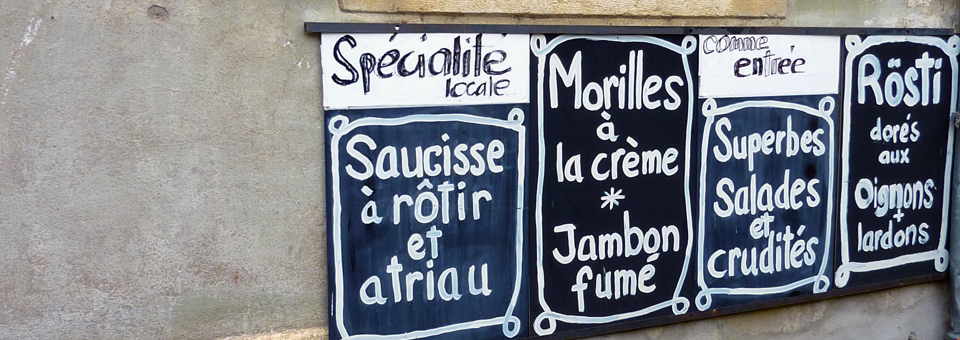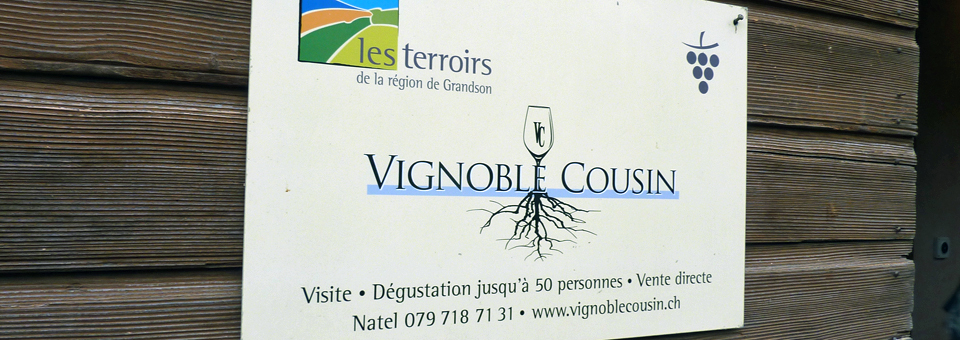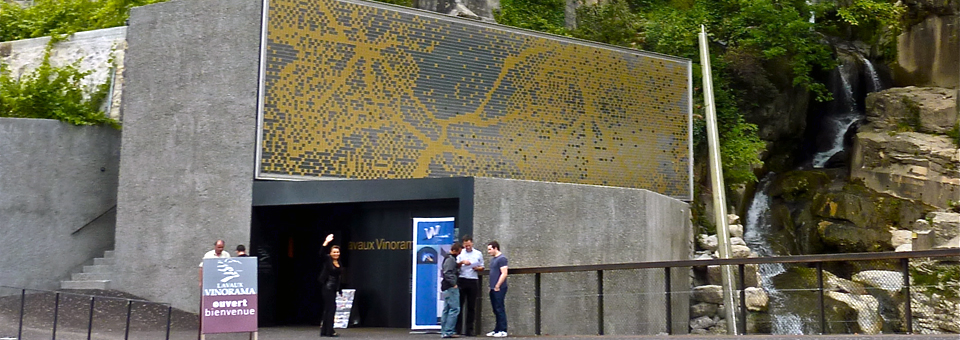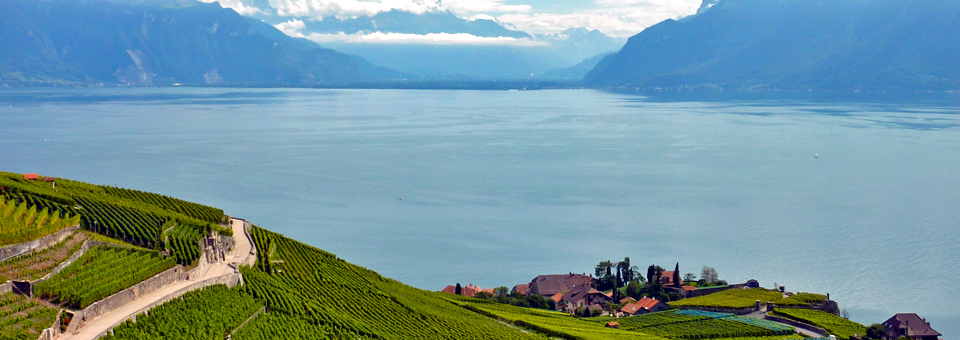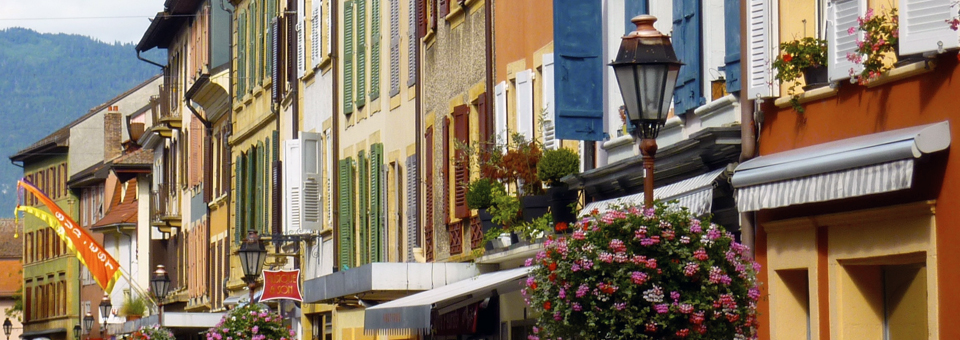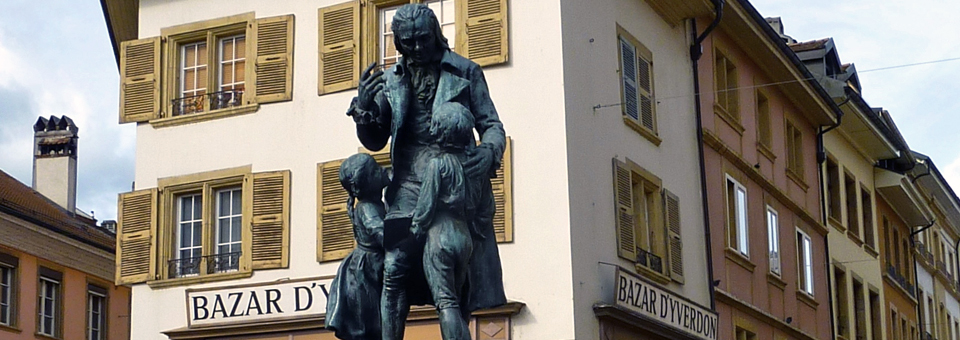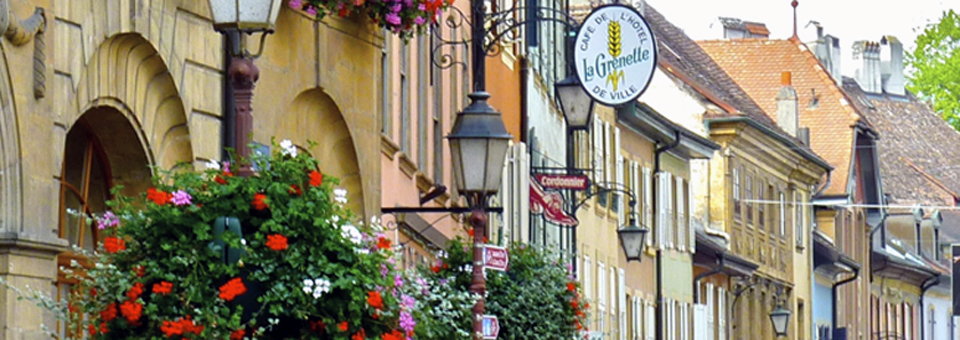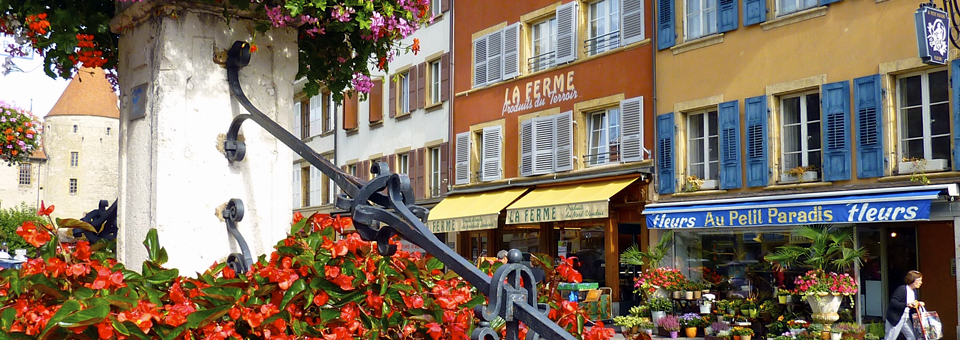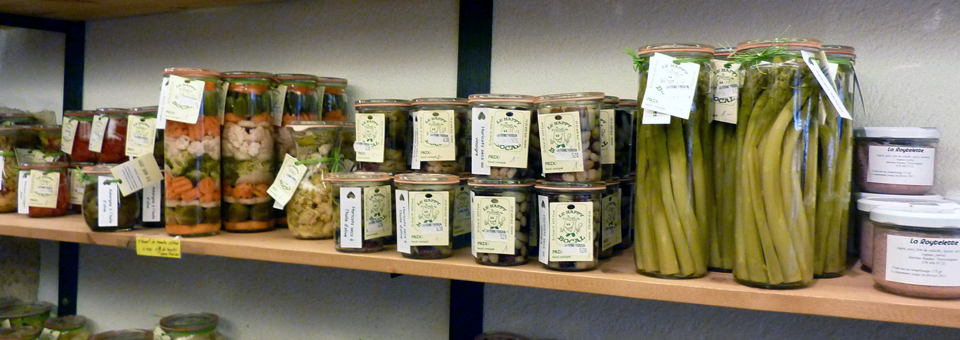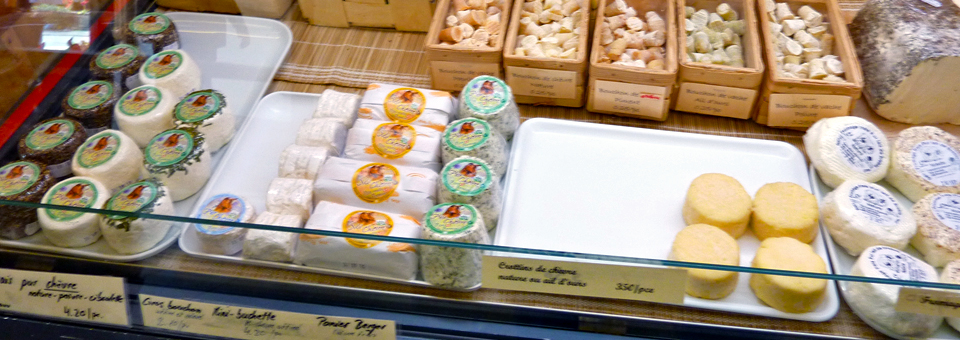Switzerland’s Lavaux: A votre sante!
In the 11th century, Benedictine and Cistercian monks began planting vines and building retaining walls on the steep sun-drenched hillsides of the Lavaux region on the north shore of Lake Geneva. Today’s nearly 2000 acres of terraces in French-speaking southwest is Switzerland’s major wine-producing region and a UNESCO World Heritage Site.
Some of today’s winegrowers are 17th generation descendants of the lay people to whom the work was delegated. This breathtaking landscape between Lausanne and Montreux is a gourmet’s delight and a perennial magnet for poets and painters.
“The land of three suns” is sun-drenched from the sky, the reflecting lake, and the stone walls that release stored heat when temperatures drop. The steep slopes need a deep rooted grape like the Chassalas that comprises 90% of its foremost vintage, Dézaley.
Hiking and cycling trails with scenic picnic areas run right through the lush, green vineyards. The Lavaux-Express or yellow Train des Vignes let you sit back and enjoy the scenic ride.
Lake Geneva boats connect towns in Switzerland and France, and the classic Belle Epoque paddle wheeler Savoie offers Michelin-starred cuisine with an ever-changing view.
We drank in the scenery as we sampled regional wines with local specialties like lake perch and char, papet vaudois, (leek and cabbage sausage), gateau á la raisinée, (fruity cake) and chocolate.
We stopped in villages like Onnens, where a lunch of hot cabbage, sausage and rosti at Au Bon Vin included the proprietor and waiter, Herr Kunst’s rendition of Ain’t She Sweet as he played his vintage recording.
We sampled wines like Cuvée Amandine, delicious with chocolate, at Vignoble Cousin in Concise.
For the widest selection of area wines—over 300– we stopped at Lavaux Vinorama, where local winemakers rent cubicles. The proprietor selects eight wines for tastings, or you can try the Enomatic machine that dispenses samples.
That night was spent at the Hotel Prealpina in picturesque Chexbres. We overlooked the vineyards, villages, and lake from high atop the hill.
Next was the little town of Yverdon-les-Bains, the region’s thermal capital on the south-western tip of Lake Neuchatel. 14,000 year old mineral springs from 1500’ depths release mineral-rich waters reputed to help the joints, stomach, muscles, and respiratory tract. The springs attracted the Romans, who settled here. Forty-five Neolithic menhirs (upright stones weighing up to 5 tons) have also been found in the area, vestiges of a Celtic presence dating to 5000 BC.
The 13th century Chateau d’Yverdon, a medieval castle built by the Peter II of
Savoy dominates the Old Town. Inside is the History Museum and Swiss Fashion Museum. A research center is dedicated to Heinrich Pestalozzi , who established a school here for
poor and underprivileged children (1805-1825) using an innovative individualized
curriculum.
Also of interest in the area are Maison d’Ailleurs (House of Elsewhere), the first
science fiction museum in Europe, and the Jules Verne Museum, connected by a bridge.
Our choice for accommodations is The Grand Hotel des Bains, a magnificent blend of state-of-the-art architecture and history that links to the Thermal Center and offers fine dining. .
For lunch, La Grenette is a popular Old Town restaurant featuring local favorites like Filets de Perches (perch), Tomme Dorée sur craquante (fried cheese), served on salad, and a 20SF plate of the day.
Gerard Roy’s La Ferme offers the finest regional foods and wines of the region —and great gift ideas.
To travel around Switzerland, we used a Swiss Pass, available through Rail Europe. It includes unlimited travel on the Swiss Travel System including trains, buses and boats.

